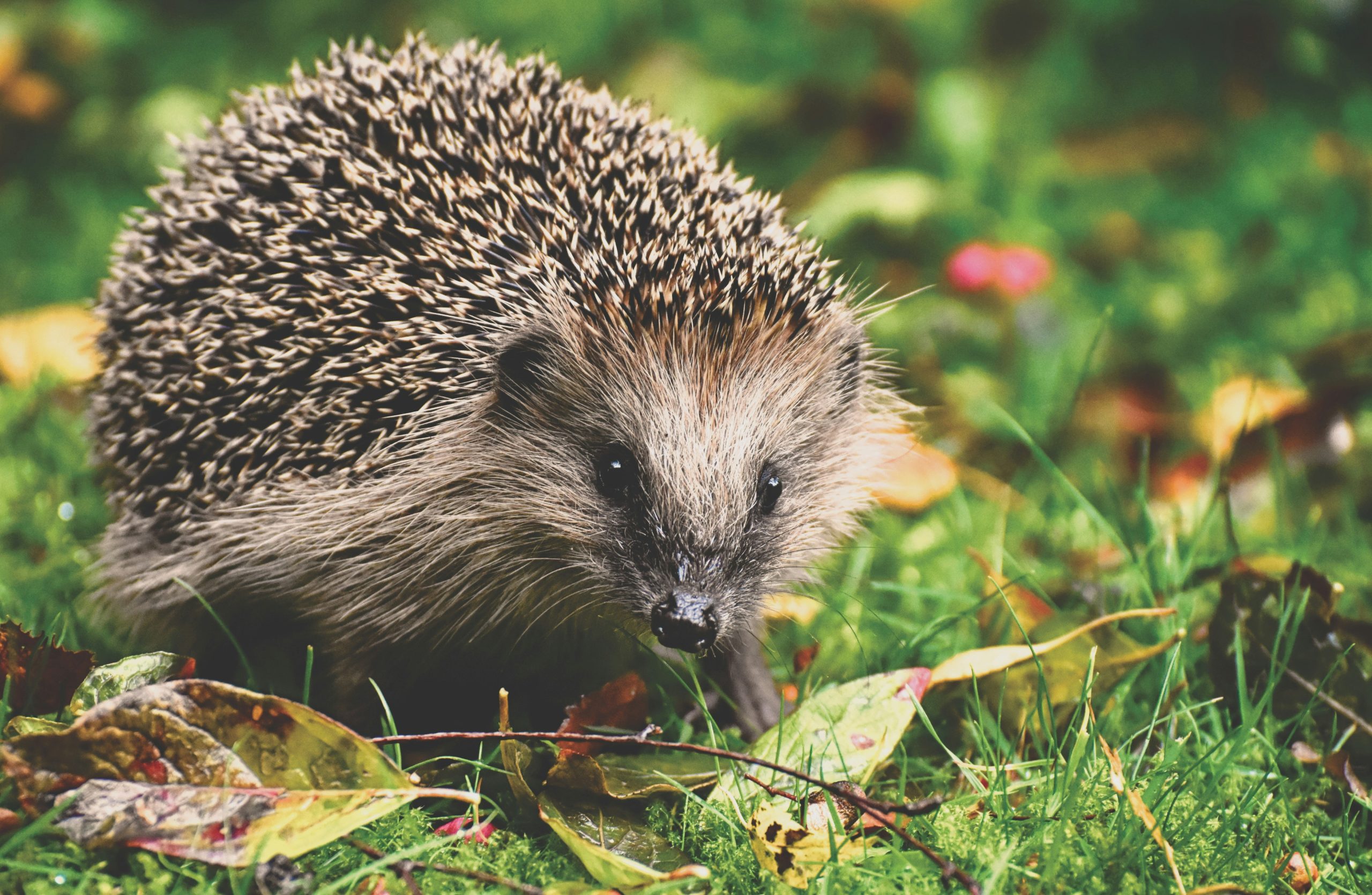The talk highlighted a local hedgehog rescue, run by Sarah Dixon, and the University of York’s own steps for hedgehog care on campus.
Sarah Dixon, the founder of the Haxby Hedgehog Hospital, started her hedgehog rescue in her garage after finding a sick hedgehog. Three years later, she runs her hedgehog rescue alongside her full-time job and, in a truly inspiring story, has gone on to save 150 hedgehogs since then.
Her rescue is funded entirely by donations and its steady growth has been maintained by her and only four volunteers. The rescue has a 68% success rate and 50% of their hedgehogs are released back into the community.
Dixon explained, ‘I wanted to learn as much as I could because I didn’t want to cause suffering to an animal through my ignorance’.
She was motivated to start her rescue after finding a very small hoglet (baby hedgehog) in her back garden. She told us that, from there, ‘the business took on a life of its own and continues to do so’, and looks forward to expanding her facilities following an extremely successful GoFundMe campaign last year.
Dixon has treated numerous hedgehogs from diseases like pneumonia, intestinal parasites, bacterial infections and ringworm. The ringworm disease is particularly dangerous as it causes a hedgehog’s spikes to fall out, leaving the animal defenceless during the hibernation period.

Grounds and Ecology Manager, Gordon Eastham, went on to say that hedgehog numbers have fallen from 30 million (during the 1970s) to less than one million in the present day. To help sustain the hedgehog population in York, the University has taken wide-ranging action, supported by the volunteers of Hedgehogs on Campus.
Eastham highlighted how the University of York’s two lakes, wetlands and detention basins make the area perfect for hedgehog habitation. Building hibernacula for the hedgehogs creates spaces where they can safely hibernate, and nest and bug hotels naturally encourage a steady food supply.
The University has also installed several wildlife water stations across campus, inspired by Australian innovation in the aftermath of the bushfires, to keep hedgehogs hydrated during the summer months.
They limit the use of pesticides wherever possible and remind gardeners to check the hedges for hedgehogs before sheering the leaves.
For their commitment to the protection of hedgehogs, the University of York has earned a Hedgehog Friendly Campus Platinum Award.
Individually, we can all ensure hedgehog health – keeping our environment litter-free is one of the easiest ways to do this. We can also supplement feeding by providing nutritious food like cat biscuits or by buying hedgehog feed from a wildlife trust.
If you’re lucky enough to have a garden in York, creating log piles is excellent for wildlife in general and making gardens interconnected through small holes in the fence creates a nature corridor in urban areas where wildlife can thrive.
Like deer, hedgehogs freeze when cars approach, and the University has attempted to raise awareness for this by dotting signs around the area. Awareness of freezing like a ‘Hedgehog in the Headlights’ is very important, as unlike deer, they are much smaller and less noticeable.
The talk was illuminating on hedgehog welfare and highlighted the biodiversity that populates our campus.
If you find any injured hedgehogs, please get in touch with The British Hedgehog Preservation Society on 01584 890 801 to find your nearest rescue, or look online at www.yorkshirehedgehogs.co.uk.
